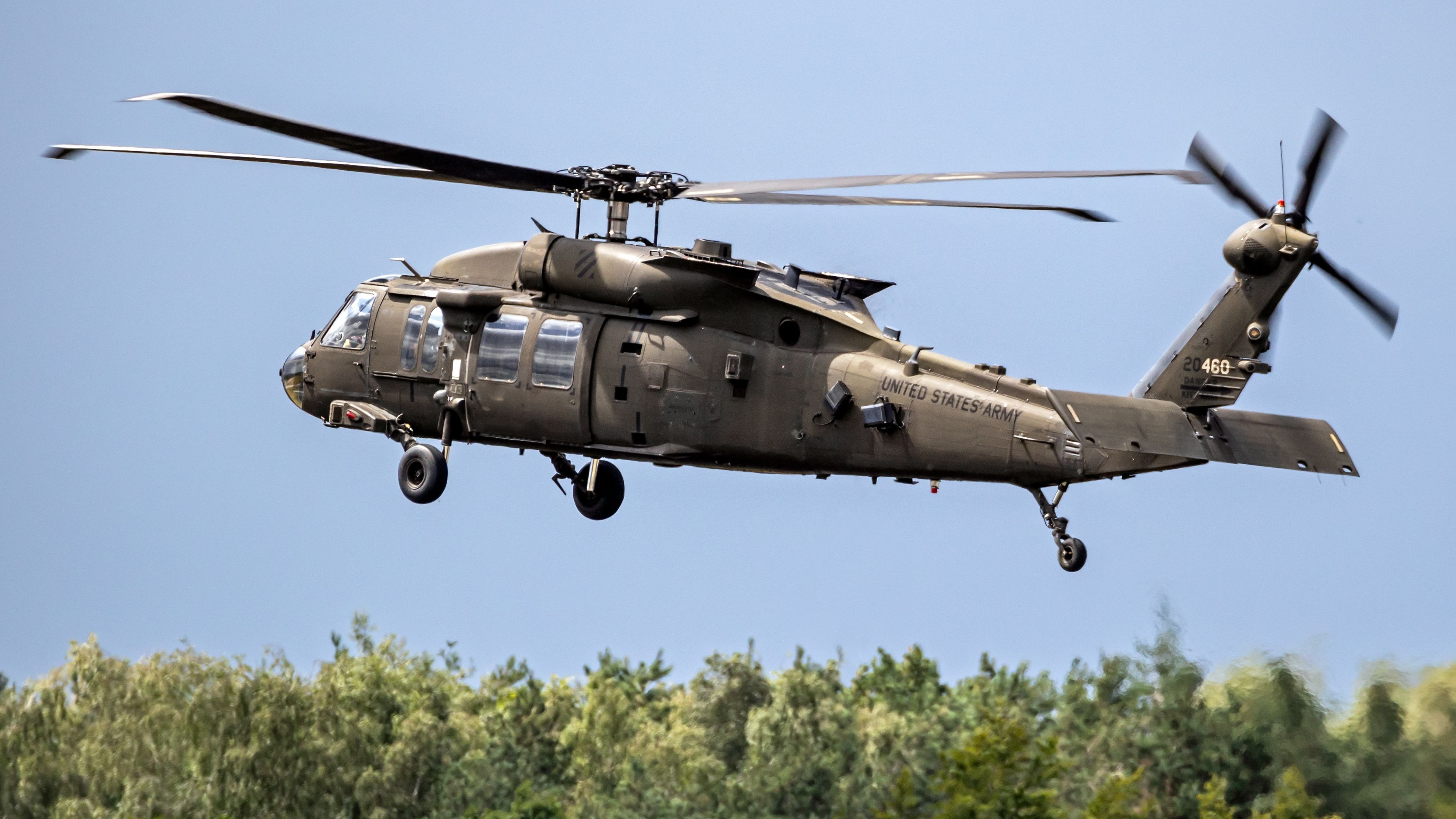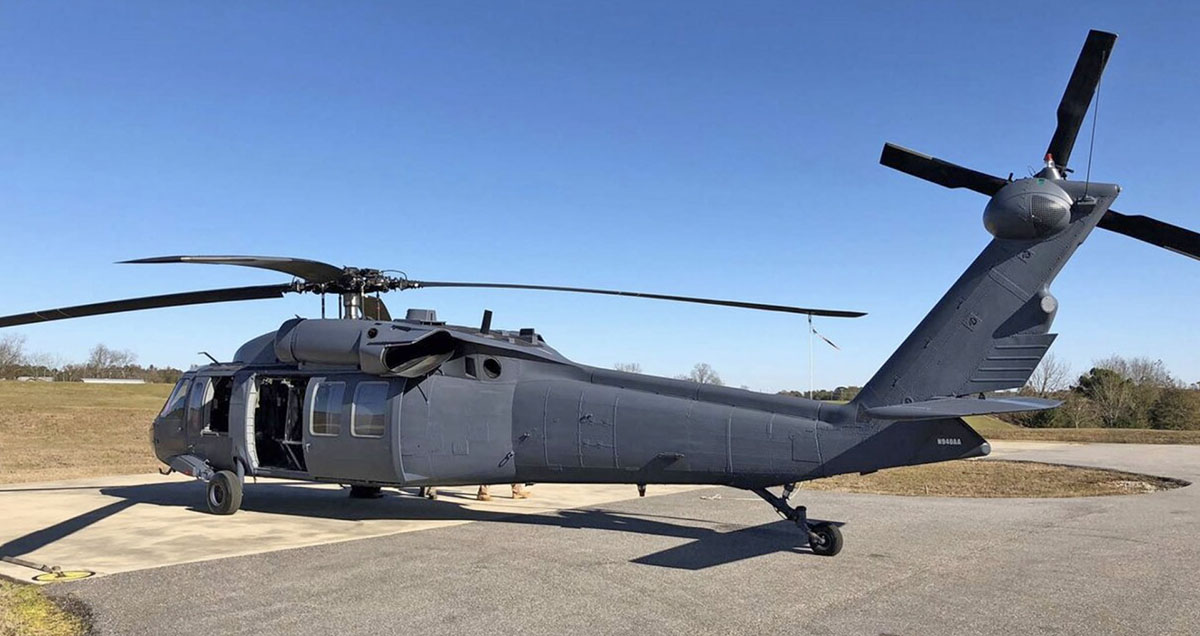The Role of the UH 60 in Combat Zones: Enhancing Mobility and Operational Efficiency
The Role of the UH 60 in Combat Zones: Enhancing Mobility and Operational Efficiency
Blog Article
Checking Out the History and Development of the UH 60 Helicopter

Origins of the UH-60
The beginnings of the UH-60 helicopter can be mapped back to the late 1960s, a period marked by the demand for a flexible energy aircraft that can adapt to the progressing needs of contemporary warfare. The U.S. Military recognized the need for a substitute for the older UH-1 Iroquois, which was coming to be significantly insufficient for the intricacies of modern fight circumstances. In 1967, the Military started the Utility Tactical Transport Airplane System (UTTAS) program, which sought to develop a multi-role helicopter capable of different goals, including troop transportation, clinical emptying, and logistical support.
The UH-60 Black Hawk was presented, showcasing ingenious layout components and advanced modern technology that established it apart from its predecessors. The UH-60 rapidly obtained acknowledgment for its robust performance, dependability, and versatility, paving the method for its comprehensive use in armed forces operations and solidifying its condition as a foundation of U.S. Army aeronautics.
Key Layout Features
Ingenious style attributes of the UH-60 Black Hawk significantly add to its functional effectiveness. One of the most notable elements is its twin-engine configuration, which improves dependability and gives a greater power-to-weight ratio, allowing the helicopter to execute under various conditions. The airplane's four-blade primary blades system offers improved lift and ability to move, essential for tactical missions.

Furthermore, the cabin is created for optimum visibility and ergonomics, featuring innovative avionics that streamline pilot operations. The modular style of the UH-60 allows for simple maintenance and versatility, making it appropriate for different objective profiles, from troop transportation to medevac procedures. These essential design features make sure that the UH-60 Black Hawk remains a flexible and trusted property in military aeronautics, efficient in meeting the needs of modern war.
Technical Developments
Recent technical improvements in the UH-60 Black Hawk have significantly improved its operational capabilities and convenience. The assimilation of advanced avionics, such as electronic flight control systems and enhanced situational understanding display screens, enables pilots to operate with increased accuracy and efficiency. These systems facilitate boosted navigation, interaction, and information sharing, enabling the helicopter to work successfully in diverse atmospheres.
Additionally, the intro of composite products has actually lowered the total weight of the aircraft while preserving structural honesty. This reduction boosts gas performance and extends operational range. The unification of innovative rotor technology, including making use of four-blade, totally articulated rotor systems, has improved lift performance and maneuverability, permitting for far better handling in different trip problems.

In addition, innovations in propulsion systems, such as the T700-GE-701D engines, have actually raised power output and integrity - uh 60. These engines add to remarkable efficiency in high-altitude and hot-weather conditions
Last but not least, the combination of self-defense systems and improved sensing unit packages enhances the Black Hawk's survivability and mission effectiveness. Jointly, these technological improvements make sure that the UH-60 Black Hawk remains a vital asset in contemporary aviation, with the ability of adapting to the progressing demands of army and altruistic objectives.
Role in Armed Force Workflow
As the backbone of U.S. Army aeronautics, the UH-60 helicopter plays an important function in various army procedures, acting as a flexible platform for combat support, transportation, and medevac missions - uh 60. Its design incorporates the capacity to run in varied atmospheres, making it necessary for troop motion and logistical support in both conventional and unusual warfare

In medical emptying scenarios, the UH-60 has confirmed very useful, dramatically lowering the moment to transfer damaged soldiers from the battleground to medical facilities. Its advanced avionics and evening vision abilities further make certain mission success under tough problems. Overall, the UH-60 helicopter continues to be an essential possession, continually adapting to fulfill the evolving needs of armed forces operations and boosting the efficiency of U.S. pressures worldwide.
Future of the UH-60
Looking ahead, the future of the UH-60 helicopter entails significant innovations in innovation and abilities made to boost its functional effectiveness. As army operations advance, the UH-60 is anticipated to integrate sophisticated technologies, consisting of enhanced avionics, improved tools systems, and advanced interaction devices. These improvements will certainly check here enable higher situational understanding and goal versatility, making certain that the UH-60 continues to be a vital possession on the battlefield.
One notable advancement is the assimilation of fly-by-wire systems, which will enhance trip control precision and lower pilot work. Additionally, efforts to upgrade the airframe and engines intend to increase payload, array, and rate ability, thus increasing the helicopter's functional scope (uh 60).
The future likewise holds pledge for increased interoperability with unmanned aerial systems (UAS), enabling coordinated missions that utilize both manned and unmanned capacities. In addition, the incorporation of expert system and machine knowing might enhance flight dynamics and upkeep procedures, leading to lowered functional expenses.
Final Thought
The UH-60 Black look at this site Hawk helicopter stands for a considerable accomplishment in armed forces aeronautics, developing from the U.S. Military's first demands for a versatile utility airplane. Its cutting-edge style features and constant technical improvements have guaranteed its importance in numerous armed forces operations over the years. As the demands of modern war change, the future of the UH-60 will likely involve additional enhancements and adaptations, reinforcing its standing as a crucial property for militaries worldwide.
The UH-60 Black Hawk helicopter represents a significant landmark in armed forces aviation, emerging from the U.S. Military's quest for an extra versatile and dependable energy airplane in the late 20th century.The origins of the UH-60 helicopter can be mapped back to the late 1960s, a period noted by the need for a functional utility airplane that could adjust to the developing needs of modern warfare. In general, the UH-60 helicopter continues to be a crucial asset, constantly adapting to meet the evolving needs of army operations and improving the performance of United state forces worldwide.
Looking ahead, the future of the UH-60 helicopter includes substantial developments in technology and capacities designed to improve its functional performance.The UH-60 Black Hawk helicopter stands for a significant achievement in army aeronautics, developing from the U.S. Army's navigate to this site preliminary needs for a versatile utility airplane.
Report this page